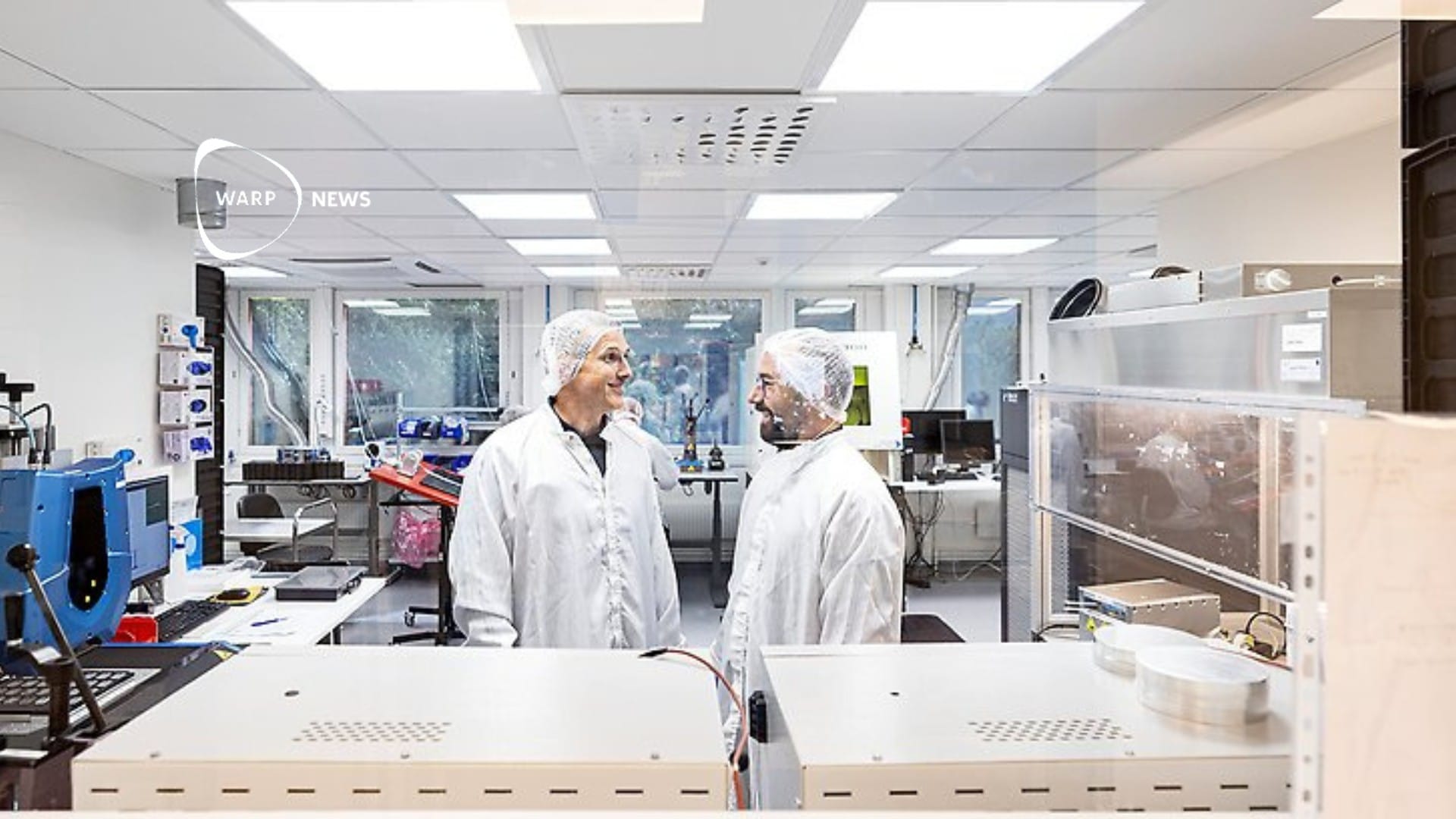
📳 Mobile phones do not increase the risk of brain tumors
A new study can not see any connection between talking on a mobile phone and the risk of getting a brain tumor.
Share this story!
There's a long-lived rumor that mobile phones can give users brain tumors and now that 5G is being rolled out, the rumor has gained new momentum in some circles. Now, researchers at the University of Oxford in the UK have published a study showing that there is no substance behind the rumor.
The study began as early as 2001, when 776,000 women were asked to complete a survey on, among other things, how they use mobile phones. Ten years later, the participants had to fill in the questionnaire again.
The researchers have now reviewed the medical history of the participants. The result of the review is that it is not possible to see any significant difference in the risk of getting a brain tumor between those who have not used mobile phones at all and those who have used the mobile at least 20 minutes a week.
"These results support the growing body of evidence that normal mobile phone use does not increase the risk of getting a brain tumor", says Kirstin Pirie, one of the researchers behind the study, in a press release.
The researchers throw in a reservation: there were so few in the study who talked a whole lot and spent long periods of time holding the mobile phone pressed to their ear that it's difficult to draw any definitive conclusions about the risk for that group.
"Mobile technology is constantly evolving and the latest generations of mobiles have much lower energy levels. But since we do not have clear results for large users, it may be worth not using the mobile phone too much, as a pure precaution", says Joachim Schüz, another of the researchers behind the study.

By becoming a premium supporter, you help in the creation and sharing of fact-based optimistic news all over the world.



